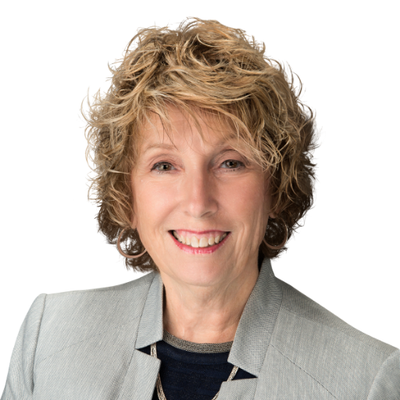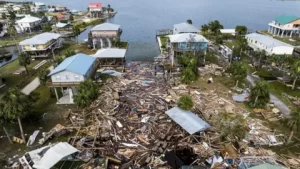By Barbara Britt – barbarabritt.com – 850-621-7709 – [email protected]
I was honored with the opportunity to go to Washington DC July 21-26, to work with students and their sponsors for the Military Child Education Coalition’s National Training Seminar. To say this was an awesome experience would be putting it mildly. Picture this, 200 students across the United States and anywhere there is a military base with families had the opportunity to attend this National Training Seminar. These students were there to develop their leadership and relationship skills (for their Student2Student Programs) so that they could help new students entering and departing their schools. Did you know that military children will move on the average of 6-11 times in their school careers? Did you also know that the critical time for students as well as adults is the first two weeks in a new environment? If they’re not accepted and nurtured, they will and can emotionally disappear. In other words, they disengage and we stand the chance of losing our most precious resource.
While I was training at the National Training Seminar, I met a student that was exhausted, so tired she could hardly keep her eyes open as she stood there before me, also she never once looked me in the eye. She would come down early in the morning as I am prone to do and sit at the same table that I was working at. We started talking or at least I started to ask her questions and take an interest in her story. When it was time for them to go to their breakout sessions, she chose mine on networking, I was surprised, she would really be going outside her comfort zone. At that time, I still did not realize how far out she would have to go. This was going to be a very interactive session that modeled what creating a networking session really meant. We network to build relationships, one in which we all enable each other to use our strengths for the betterment of human kind. 100% acceptance is the mission of Military Child Education Coalition. It’s simple, treat others with 100% acceptance acknowledging they are human beings and as such they have the right to be treated with kindness, empathy, and understanding. We did several activities that required you to shake hands, look someone in the eyes and introduce yourself. Then you were both asked to share in 15 seconds something fun and trivial about yourself and experiences. Once again for someone who is trying to find their voice or themselves this would be stepping out of their comfort zone.
After that I asked the students to take a seat. Then they started learning about their body language and how important that was. When I asked for volunteers her hand shot up. She surprised herself and to be honest me as well. She stood and with eyes cast downwards I asked her question I would ask all of them: What made them afraid to look someone in the eyes and introduce themselves? She did something so out of character, she looked up and around the room as if seeing it for the first time, and stated that “she did not look people in the eyes because she was afraid of the reflection she would see in their eyes.” She would see herself as they see her “somebody with no worth.” Her peers spoke up and clapped for her and told her how brave she was, then once again she dropped her eyes and her body seemed to collapse on itself. Her peers and myself would not allow that and we asked her to own her spot on the floor and several students came to stand by her.
Standing beside her or acknowledging her for that day was great but not enough. One act of kindness can help you see what’s out there but not enough to keep feeding that desire for human contact, to be heard, to be seen for who you really are. Once we see what the possibilities are, we need them to be sustained, or they will slide backwards. It is easier to believe we are not worthy than it is to find out we were enough all along waiting for someone to rescue us.
I tell you this story to make you realize how important it is to make sure someone’s voice is heard, look at them as someone who was created to make a difference. I challenge you tomorrow and the rest of your life look for those people that need to be heard, seen, and validated. It cost nothing to be a kind human to human kind.
P.S. She was tired, bone weary because it is exhausting work to be invisible in this world. Be proactive look for the invisibles they are out there and they need you.

